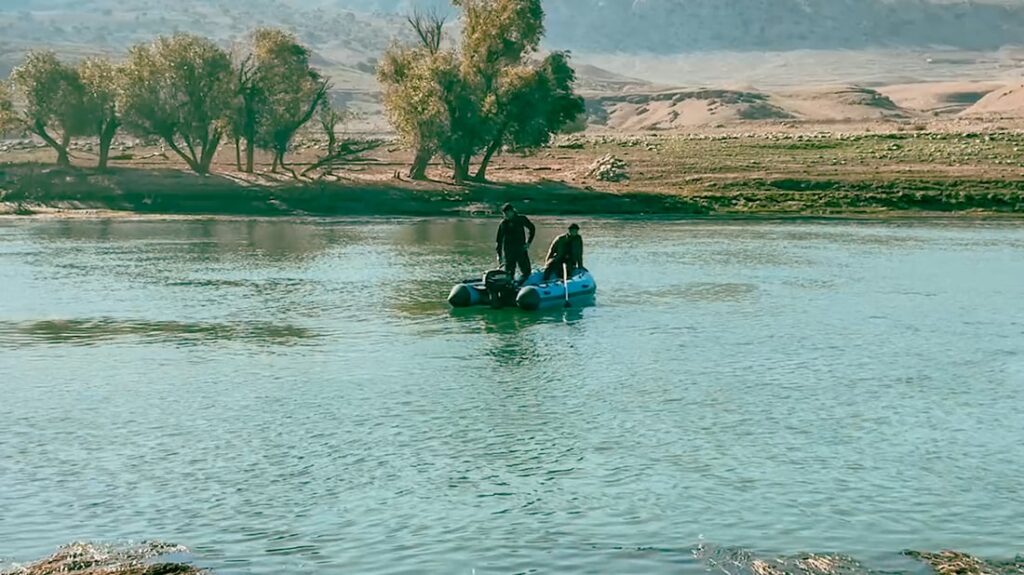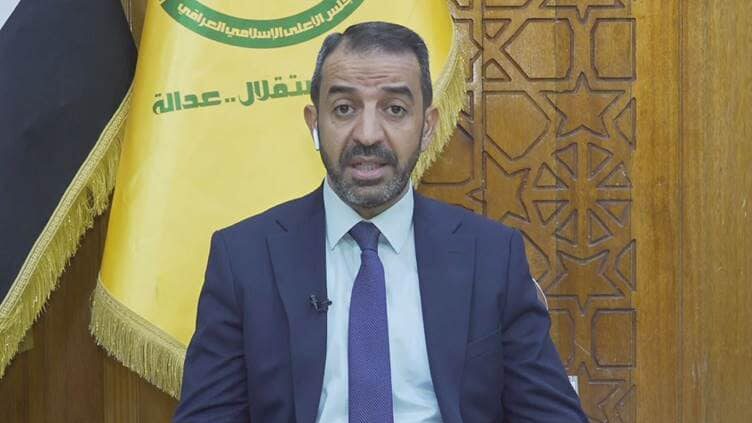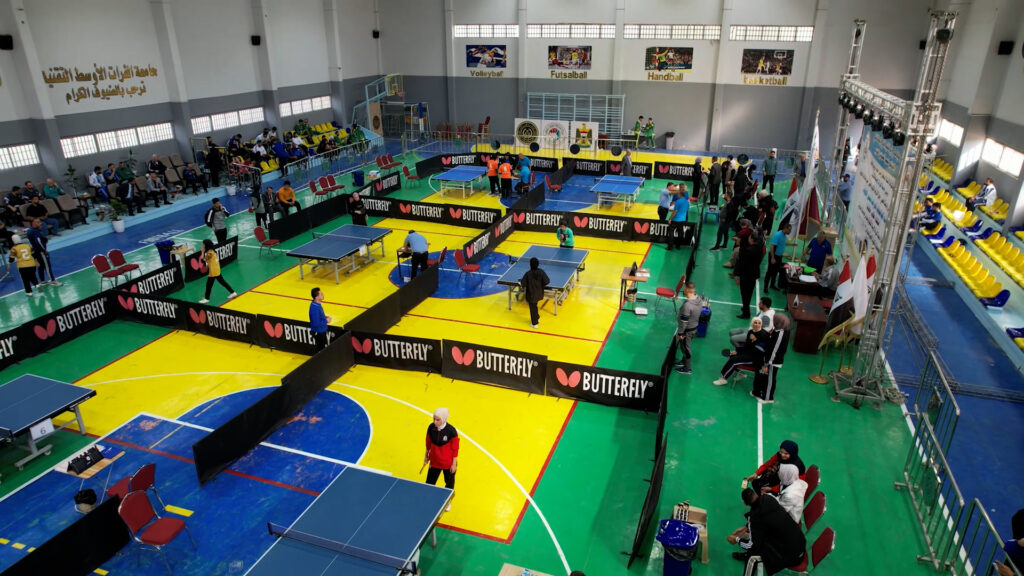Rattled by Protests, Iraqi Kurdish Leaders Punish Journalists

WASHINGTON - Around 3 a.m., Ahmed Zakhoy was trying to go to bed after an exhausting day covering anti-government protests in Zakho on August 19 for Nalia Radio and Television (NRT), a regional network in Iraqi Kurdistan.
That’s when Iraqi Kurdish security showed up.
Zakhoy, 31, says the forces that took him didn’t present an arrest warrant. The next day, he stood before a judge at Zakho’s Court of Appeals without a lawyer because he had opted to defend himself.
“The judge told me my coverage had contained false information,” said Zakhoy, NRT’s chief correspondent in Zakho, a northern Iraqi town near the Turkish border. Zakhoy covers everything from Turkish trade that provides a key economic lifeline for locals to the Turkish bombings of Kurdish rebels that often disturb the peace in rural areas.
“I urged him to watch all the live segments I did on the protests of that day and tell me if there was anything illegal in them, then I would deserve to be in prison,” he told VOA by phone Tuesday.
But the judge dismissed his request and ordered Zakhoy to remain behind bars. For a week, nobody knew where he was. He was not allowed to meet family members or an attorney. He protested by going on a hunger strike for three days.
“I had no idea what my fate would be,” Zakhoy said, lowering his voice. “I didn’t know whether I was going to remain in prison for a month, two, a year or even longer. The unknown was the most terrifying.”
On August 29, after spending 10 days in detention, Zakhoy was released on bail. A hearing set for Sunday is expected to make a final determination in his case.
The 2009 Press Law in Iraq’s Kurdistan region dictates that no journalist should be arrested for his or her work. Qaidar Hamdi, Zakhoy’s lawyer, told VOA his client was prosecuted as a protester.
Dindar Zebari, a spokesman for the Kurdistan Regional Government (KRG), said Zakhoy and other journalists have been arrested because they engaged in activism rather than journalism.
“The journalists arrested were involved in the riot outside their journalistic capacities, pushing for public unrest,” he told VOA. Zebari said dozens of people, including members of the security forces, had been injured in clashes with protesters.
Economic unrest
Although the Kurdistan Region, an enclave of 5 million people, holds regular elections, it has long remained under the de facto duopoly of two armed groups, the Kurdistan Democratic Party (KDP), led by the Barzani family, and the Patriotic Union of Kurdistan (PUK), led by the Talabani family.
The KDP and PUK fought a civil war for almost four years that killed thousands in the mid-1990s. The two parties have shared power since the 2003 U.S.-led invasion of Iraq.
Each party maintains its own militia in separate areas of influence. While the KDP controls Duhok and Irbil provinces, locally known as the Yellow Zone, PUK’s base is the Green Zone, or Sulaymaniyah, the region’s most populous province.
Zakho falls within the Yellow Zone.?Zakhoy’s arrest there and a number of other recent attacks on journalists throughout the region have raised broader questions in the autonomous Kurdistan Region of northern Iraq, where the Kurdistan Regional Government is a key U.S. partner in the fight against the Islamic State (IS) terror group. Many wonder if the KRG is becoming more authoritarian in the face of increased domestic discontent, which has manifested in the form of popular street protests.
Economic concerns are behind protests by government employees, including teachers, who are not being paid because of budget disputes with Baghdad, and local truck drivers who are worried that a government ruling allowing foreign drivers to return to the region will eliminate jobs.
The last official unemployment rate was 10.7%, in December 2019, and is speculated to be higher today after business closures because of the pandemic.
Many of the region’s journalists say KRG forces, which have received millions of U.S. dollars in military aid to fight IS, are using those resources to clamp down on free media in an attempt to help the region’s rulers maintain their grip.
Earlier this month, the KRG closed NRT bureaus in Irbil and Duhok. The government has now threatened to take the news channel, which broadcasts from other locations, entirely off the air.?An opposition party leader in the Kurdistan region, Shaswar Abdulwahid, owns NRT.
It’s not the first time Iraq’s Kurdish leaders have shifted toward authoritarianism.
“It is important to understand the political system in Kurdistan as a hybrid form that has both authoritarian and democratic features and tendencies,” said Mohammed Salih, a media researcher in the Annenberg School for Communication at the University of Pennsylvania.
“The pendulum typically swings more toward the authoritarian side of the spectrum during moments of ‘crisis’ — that is, when the ruling class feels direct challenges to their power,” he said.
The Islamic State
Asos Hardi is a veteran Kurdish journalist who founded the region’s first two independent newspapers: Hawlati (The Citizen) and Awene (The Mirror). He sees a direct connection between the current prime minister, Masrour Barzani of KDP, who was director of intelligence before assuming office in June 2019, and creeping authoritarianism.
“He seems to see everything from a security point of view,” Hardi told VOA. “Since this Cabinet assumed office, not only journalists but also anybody else who has dared to speak up has either been physically assaulted, verbally abused or arrested without charge.”
In 2019, the Metro Center for Journalists’ Rights and Advocacy, a regional press rights group, documented 231 cases of violations against the region’s journalists, a 25% increase over the prior year. They include 22 cases of “beatings and humiliations.”
Additionally, some local journalists told VOA that during the war against IS, they exercised a degree of self-censorship when it came to reporting sensitive issues, such as defeats or setbacks suffered by the Kurdish peshmerga, the region’s military fighters.
In 2014, then-President Masoud Barzani ordered all media outlets in the region to describe the deaths of Kurdish military forces, known as peshmerga, as “shahid,” or in martyrdom — rather than just “killed,” a more neutral word.
Virtually all media outlets, including those that were opposition-owned, complied without objection, said Mohamad Rauf, a prominent Kurdish journalist with Draw Media.
“Peshmerga is tied to national security and cannot be questioned,” Rauf said.
‘The real narrative’
In addition to physical attacks on journalists, Hardi said, independent media outlets also struggle financially because the region’s companies prefer advertising in media outlets affiliated with the political parties rather than the independent media.
Bilal Wahab, an Iraq scholar with the Washington Institute for Near East Policy, said this makes it difficult for privately owned media to prosper.
“In Kurdistan’s patronage system, there is a symbiotic relationship between party- and personality-driven media outlets and the advertising revenues that they collect from the companies that are owned by these personas and political parties,” he told VOA.
Despite their power-sharing alliance, experts say, KDP and PUK own dozens of media outlets to push their different and often competing agendas.
“We are divided over two zones, and in each zone one side rules,” Diyari Mohammed, director of the Metro Center, said in June in a VOA Kurdish documentary focused on challenges for local media.
“In between is independent media,” he said, “those who want to tell the real narrative.”
For now, Zakhoy is free, but he knows that a journalist cannot take freedom for granted.
“When they close your bureaus and arrest journalists, when you are under threats from the security forces and pressure from your family, the situation is clearly bad,” he said. “Journalists here are constantly in danger.”





